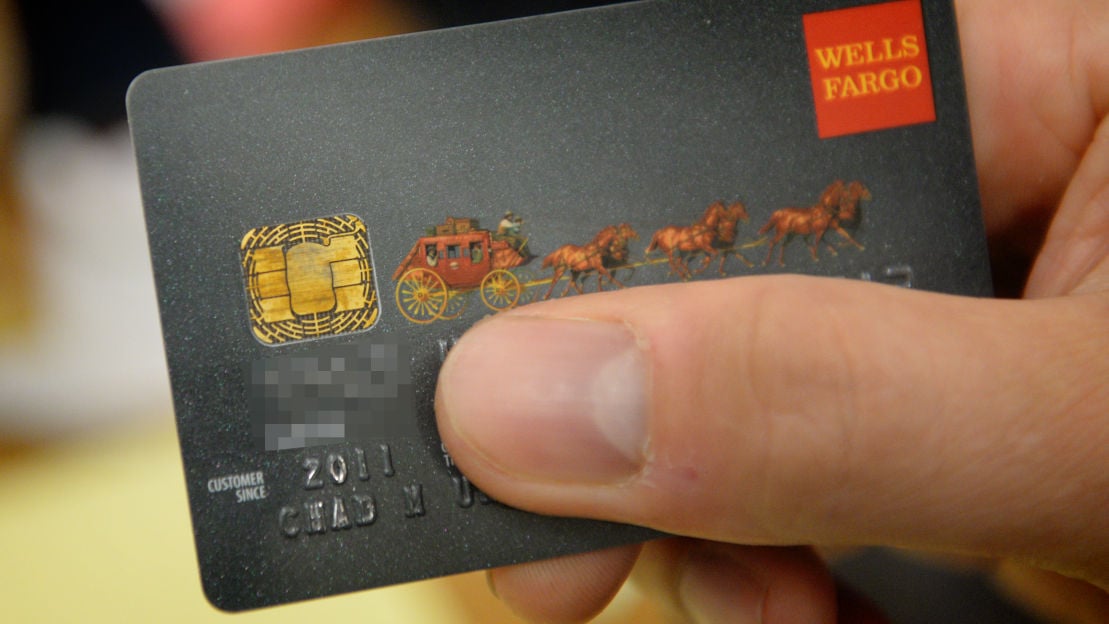
Sd Card Reader For Mac Not Working

Clover Go–Mobile Point of Sale
Square Reader For Mac Not Reading Credit Card Chips
Accept payments on the go, anywhere you have wireless or cellular coverage. Whether you’re selling at the local farmers market or at a customer’s job site, Clover Go makes it easy to take your business to your customers.
Securely and reliably accept credit and signature debit cards – including contactless, chip & swipe cards – with ease, right from your connected smartphone or tablet. Clover G o also comes with clear and intuitive reporting on sales activity along with insights on other local companies in your industry. Reliable support is available whenever you need it.
- Simple: Ready out of the box—charge, connect and use your Clover Go reader with your iOS phone or tablet
- Portable: Goes wherever your business takes you
- Secure: Accept payments with the confidence that comes with TransArmor® protection
- Reliable Support: Enjoy 24x7 customer care and support
- Intuitive Reporting: See how your sales activity compares to your competitors with Clover Insights
HOW TO GET STARTED
- Merchant account (new or existing)
- Smartphone with data (service) plan
- Clover Go downloadable app
- Clover Go card reader
Rooted or jailbroken devices are not supported due to security risks.
EMV® is a registered trademark or trademark of EMVCo LLC in the United States and other countries. www.emvco.com
Apple Pay® is a trademark of Apple, Inc.
The Bluetooth® word mark is a registered trademark owned by Bluetooth SIG, Inc.
©2016 Clover Network, Inc. All Rights Reserved. The Clover name and logo are registered trademarks owned by Clover Network, Inc., a wholly owned subsidiary of First Data Corporation. All other trademarks, service marks and trade names referenced in this material are the property of their respective owners.…
Square is cautioning its users that chip card swipes through its Reader program are not eligible for chargeback protection, as part of the EMV liability shift the US government enacted in 2015 to.

iPad Screenshots
The encoding for magnetic stripe data follows a common standard. The magnetic stripe consists of 3 physically separated 'tracks'. Track 1 is closest to the bottom of the card, and track 3 is the highest. Square's reader is positioned to read track 2. Track 2 is the most commonly used track, but most credit cards also use track 1. Track 2 includes card numbers and expiration dates. Track 1 includes that plus names. There may be other data too, depending on the particular card. These tracks are specced to be .11 inches wide, so to read track 1 with Square's reader, we just need to reposition the stripe so that track 1 is lined up with the read head.
Data in each track is encoded via magnetic domain flipping. Long story short: The series of domain flips encodes a waveform, that waveform is interpreted as binary. A binary 0 in this encoding is some arbitrary frequency. A 1 is twice that frequency.
The data starts with a set of leading zeros to establish the base frequency. After a variable number of zeros, the start sentinel appears. For track 2, the start sentinel is ';'. Each character is encoded as a integer with the least significant bits first. For track 2, each character consists of 4 data bits and 1 parity bit. The parity bit is set for each character so that the number of 1s is odd. If you add 48 (the ASCII encoding for '0') to the integer value for each character, you get the ASCII character to display. Other than the digits '0' through '9', track 2 can also encode some other characters, including ';' (start sentinel), '=' (field separator), and '?' (end sentinel). ':', '<', and '>' are not used much in practice.